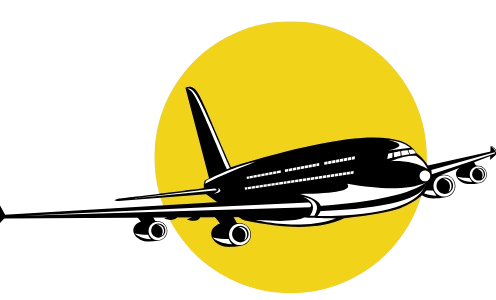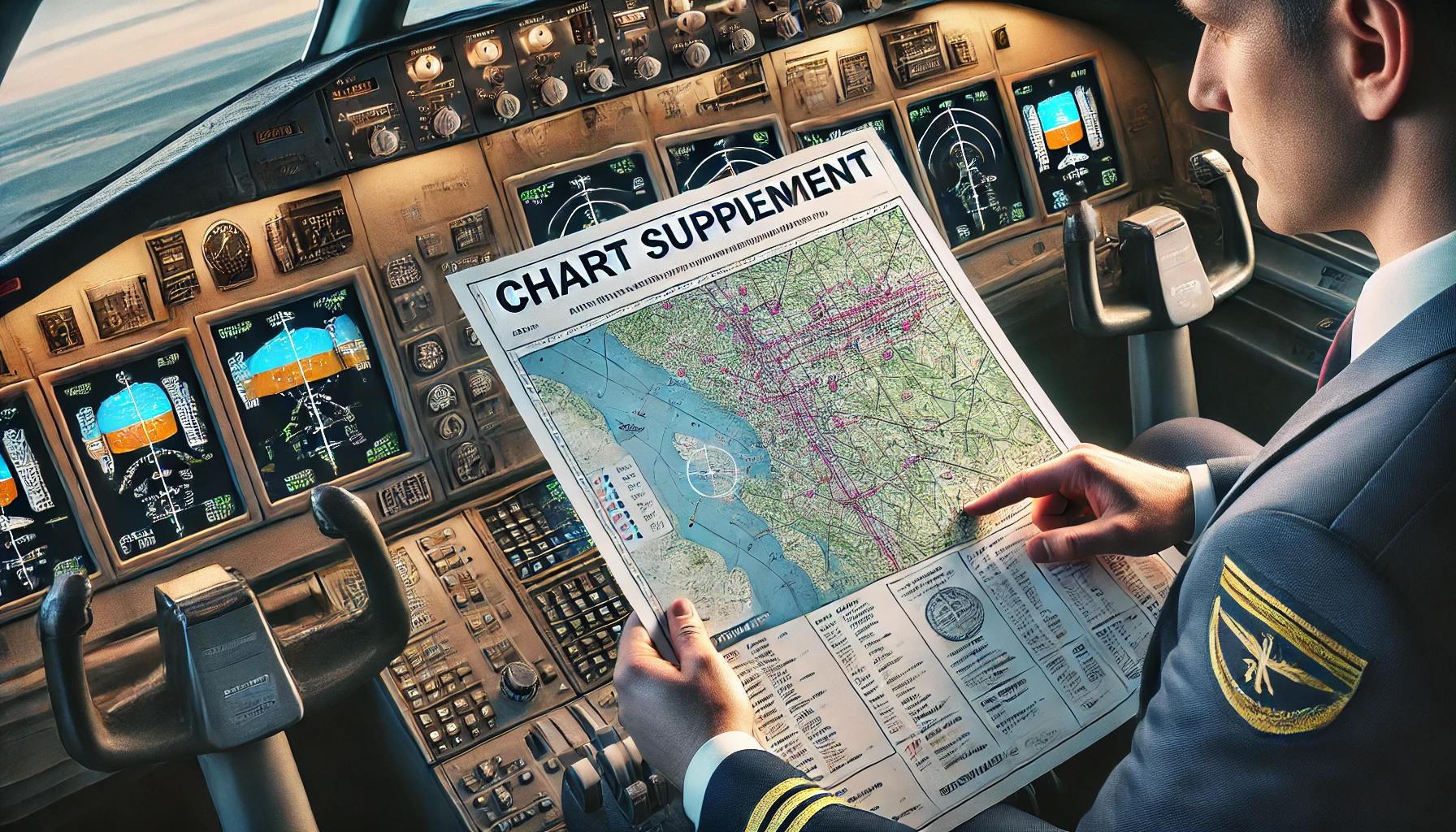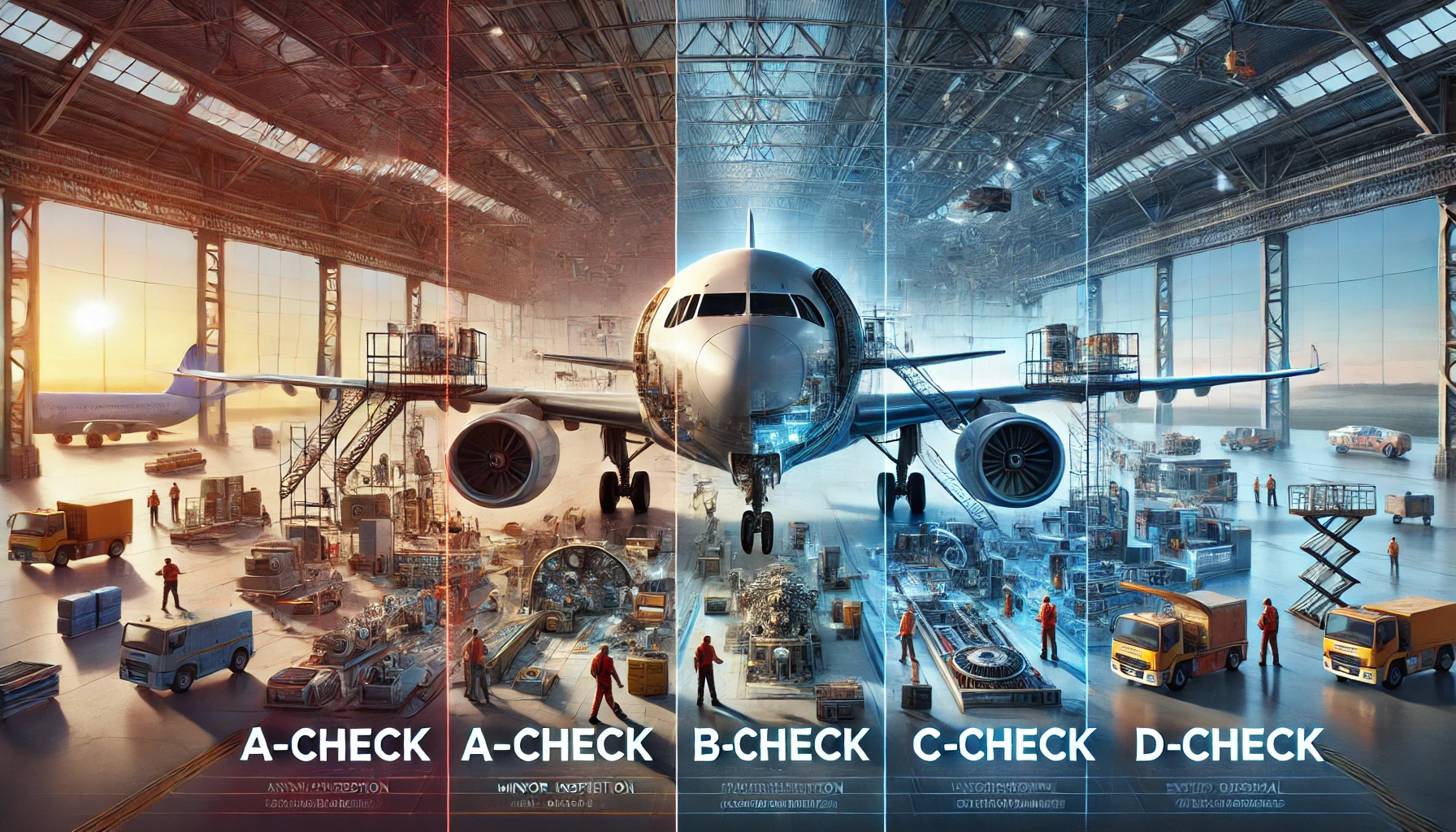In an age where safety and efficiency are paramount, the spotlight shines brightly on innovative technologies that can transform our daily operations. Enter TCAN—an acronym you might have heard buzzing around the industry but may not fully understand yet. This powerful tool is revolutionizing how we approach safety protocols while streamlining processes to maximize productivity.
In this blog post, we’ll delve into the dynamic role of TCAN in reshaping workplace environments, ensuring that both personnel and workflows thrive without compromise.
Buckle up as we explore how TCAN is enhancing safety standards and elevating efficiency to new heights!
Introduction to TCAN (Traffic Collision Avoidance System)
As the skies have become busier than ever, ensuring safety in air travel is paramount. Enter TCAN, or Traffic Collision Avoidance System – a groundbreaking technology that has transformed how we think about aviation safety and efficiency. This sophisticated system acts as a guardian angel for aircraft, helping to prevent mid-air collisions while streamlining flight operations.
As we delve into the intricacies of TCAN, you’ll discover not just its significance in enhancing safety but also how it plays a crucial role in optimizing flight routes and reducing fuel consumption. Join us on this journey through the evolution of TCAN and uncover what makes it an essential component of modern aviation!
History of TCAN development
The development of TCAN, or Traffic Collision Avoidance System, began in the late 20th century. Early aviation relied heavily on visual navigation methods and basic communication among pilots. This approach left room for human error.
In response to growing air traffic and safety concerns, researchers initiated projects aimed at collision avoidance technology. The Federal Aviation Administration (FAA) played a pivotal role by funding innovative research during the 1980s.
By the mid-1990s, prototypes emerged that combined radar data with onboard systems. These advancements marked a significant leap forward in safety features. The integration of GPS further enhanced situational awareness for pilots.
Over time, TCAN evolved into sophisticated algorithms capable of processing real-time information from various aircraft systems. Today’s TCAN is an essential part of modern avionics, continually improving through ongoing research and technological innovations to meet increasing demands in air travel safety.
How TCAN works:
TCAN, or Traffic Collision Avoidance System, operates through a blend of advanced technologies that ensure aircraft safety. At its core are radar and transponder systems that continuously monitor air traffic in real-time.
The system utilizes onboard sensors to detect the position and velocity of nearby aircraft. This information is processed using sophisticated algorithms designed to predict potential collision scenarios.
When a risk is identified, TCAN alerts pilots with visual and auditory warnings. The system also suggests evasive maneuvers if necessary.
Moreover, TCAN integrates data from air traffic control systems to enhance situational awareness for pilots. By combining multiple sources of information, it creates a comprehensive picture of the surrounding airspace.
Key components include communication links between aircraft and ground stations, enabling seamless updates on flight paths. These elements work together harmoniously to minimize human error while maximizing operational efficiency in busy skies.
Benefits of TCAN:
TCAN, or Traffic Collision Avoidance System, plays a pivotal role in enhancing air travel safety. One of its most significant benefits is the reduction of mid-air collisions.
By utilizing advanced radar technology and real-time data analysis, TCAN provides pilots with critical information about nearby aircraft. This proactive approach allows for timely maneuvers to avoid potential conflicts.
Moreover, TCAN functions autonomously under certain conditions. It can issue alerts when an aircraft is on a collision course. Such features not only empower pilots but also provide peace of mind during complex flight operations.
Additionally, the system continuously updates its database with new flight paths and altitudes. This ensures that it remains effective as air traffic increases globally.
Ultimately, these advancements contribute significantly to safeguarding lives while improving overall confidence in air travel systems around the world.
Impact of TCAN on air travel efficiency:
TCAN plays a pivotal role in enhancing air travel efficiency. By providing real-time data on the positions and trajectories of surrounding aircraft, it helps pilots make informed decisions about flight paths.
This technology allows for more direct routes. Instead of following fixed airways, planes can navigate optimally based on current traffic conditions. As a result, flights are often shorter than anticipated.
Reducing flight time naturally leads to lower fuel consumption. Less time in the air means less fuel burned, which is not only cost-effective but also beneficial for the environment.
Furthermore, TCAN minimizes delays caused by mid-air conflicts. Fewer interruptions translate into smoother operations across busy airports worldwide.
With these advancements, airlines can maximize their resources while prioritizing passenger safety and comfort at all times.
Challenges and limitations of TCAN
Despite its advancements, TCAN faces several challenges and limitations. One significant issue is the reliance on accurate data input. Inconsistent or erroneous information can lead to false alarms or missed alerts, compromising safety.
Another challenge lies in integration with existing systems. Many aircraft still use legacy technology that isn’t compatible with modern TCAN solutions. This creates hurdles for airlines looking to upgrade their fleets while maintaining operational efficiency.
Moreover, the cost of implementation can be prohibitive for smaller airlines or regional operators. The investment required for new technology and training may deter some from adopting TCAN fully.
Additionally, there’s a growing concern about cybersecurity threats targeting aviation technologies like TCAN. As systems become more interconnected, protecting against potential cyberattacks becomes paramount in ensuring flight safety.
Future advancements in TCAN technology
The future of TCAN technology is poised for remarkable advancements. Innovations in artificial intelligence are set to play a crucial role, allowing systems to predict potential collisions with greater accuracy. Enhanced algorithms can analyze vast amounts of data from various sources in real-time.
Moreover, the integration of TCAN with other navigation systems could streamline air traffic management. This would lead to more efficient flight paths and fewer delays at busy airports.
Developments in communication technologies will also enhance interoperability between different aircraft and ground control units. This seamless exchange of information will promote safer skies.
Furthermore, miniaturization of components may reduce costs while increasing reliability. As these technologies evolve, we might witness a transformative effect on operational protocols within airlines.
Ultimately, these enhancements not only promise improved safety but also foster an environment for sustainable aviation practices by optimizing fuel consumption across fleets.
Case studies:
Several airlines have successfully integrated TCAN into their operations, showcasing its effectiveness. For instance, Delta Airlines adopted the system across its fleet to bolster safety measures. This implementation led to a noticeable reduction in near-miss incidents.
In Europe, Lufthansa has also embraced TCAN technology. The airline reported enhanced situational awareness among pilots during busy air traffic conditions. Their experience underscores how advanced systems can support decision-making in real-time.
Airports play a crucial role too. London Heathrow implemented TCAN as part of their air traffic management strategy. This innovation not only improved communication between aircraft but also streamlined ground operations.
Across these examples, the consistent theme is clear: integrating TCAN leads to safer skies and more efficient travel experiences for passengers and crew alike. Each case contributes valuable insights into optimizing aviation safety protocols globally.
Controversies surrounding TCAN
Criticism of TCAN often centers on its reliability during critical phases of flight. Some pilots express concerns about over-reliance on technology, fearing it might lead to complacency in manual flying skills.
Another point of contention is the cost associated with implementing and maintaining these systems. Smaller airlines may struggle to afford upgrades, potentially widening the gap between major carriers and their smaller counterparts.
Data privacy is also a significant issue. With TCAN collecting vast amounts of flight data, questions arise regarding how this information is stored and utilized.
In response to these criticisms, regulatory bodies are emphasizing training programs that enhance pilot proficiency alongside technological advancements. Additionally, manufacturers are exploring more affordable solutions without compromising safety standards.
Ongoing discussions within the aviation community aim to address these challenges while ensuring that TCAN continues to evolve effectively for future air travel demands.
Conclusion:
the Traffic Collision Avoidance System (TCAN) cannot be overstated. As air travel continues to evolve, ensuring the safety and efficiency of flights is paramount for both airlines and passengers. TCAN stands at the forefront of this evolution, significantly minimizing the risk of mid-air collisions while optimizing flight routes.
The technology behind TCAN has advanced remarkably since its inception, incorporating sophisticated algorithms and real-time data analysis. This ensures that aircraft can navigate congested airspaces safely. The benefits are clear: fewer accidents lead to increased confidence among travelers and more efficient use of resources.
However, challenges remain in fully integrating TCAN across all aviation sectors. Issues related to compatibility with existing systems and cost implications must be addressed for widespread adoption. Despite these hurdles, continued advancements promise a future where TCAN will play an even larger role in shaping safe skies.
With successful implementations already showcased by various airlines worldwide, it’s evident that the potential impact of TCAN on air travel is immense. As innovations continue to unfold within this system, they pave the way toward a safer journey for everyone involved in aviation—making it a critical component not just today but also as we look ahead into the future of flying.




